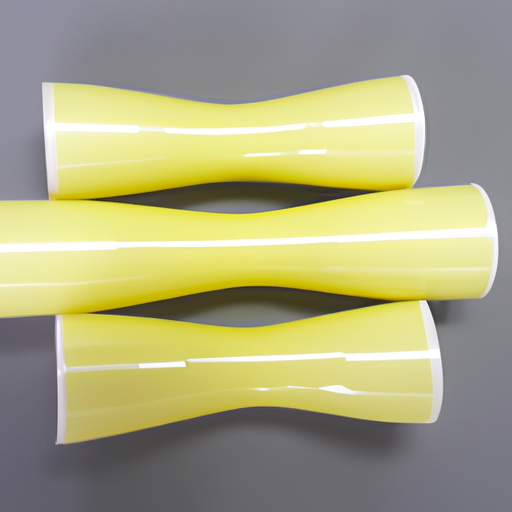
Application Development in Silicone Fiberglass Sleeving for SB-PUGS (聚氨酯玻璃纤维套管): Key Technologies and Success Stories
Silicone fiberglass sleeving, particularly in the context of SB-PUGS (聚氨酯玻璃纤维套管), represents a significant advancement in materials engineering, offering exceptional thermal and electrical insulation properties, along with robust resistance to chemicals and environmental factors. Below, we explore the key technologies that underpin this material and highlight notable success stories across various industries.
Key Technologies
| 1. Material Composition | |
| 2. Manufacturing Techniques | |
| 3. Thermal and Electrical Insulation | |
| 4. Chemical Resistance | |
| 5. Customization and Versatility | |
| 1. Aerospace Industry | |
| 2. Automotive Applications | |
| 3. Industrial Equipment | |
| 4. Consumer Electronics | |
| 5. Renewable Energy |
Success Stories
Conclusion
The development and application of silicone fiberglass sleeving, particularly SB-PUGS, underscore the critical role of advanced materials in enhancing the performance and reliability of products across diverse industries. With its high-temperature resistance, electrical insulation capabilities, and chemical durability, silicone fiberglass sleeving stands out as a valuable solution for modern engineering challenges. As technology continues to evolve, further innovations in material science and manufacturing processes are anticipated, expanding the applications and effectiveness of silicone fiberglass sleeving in the future.




